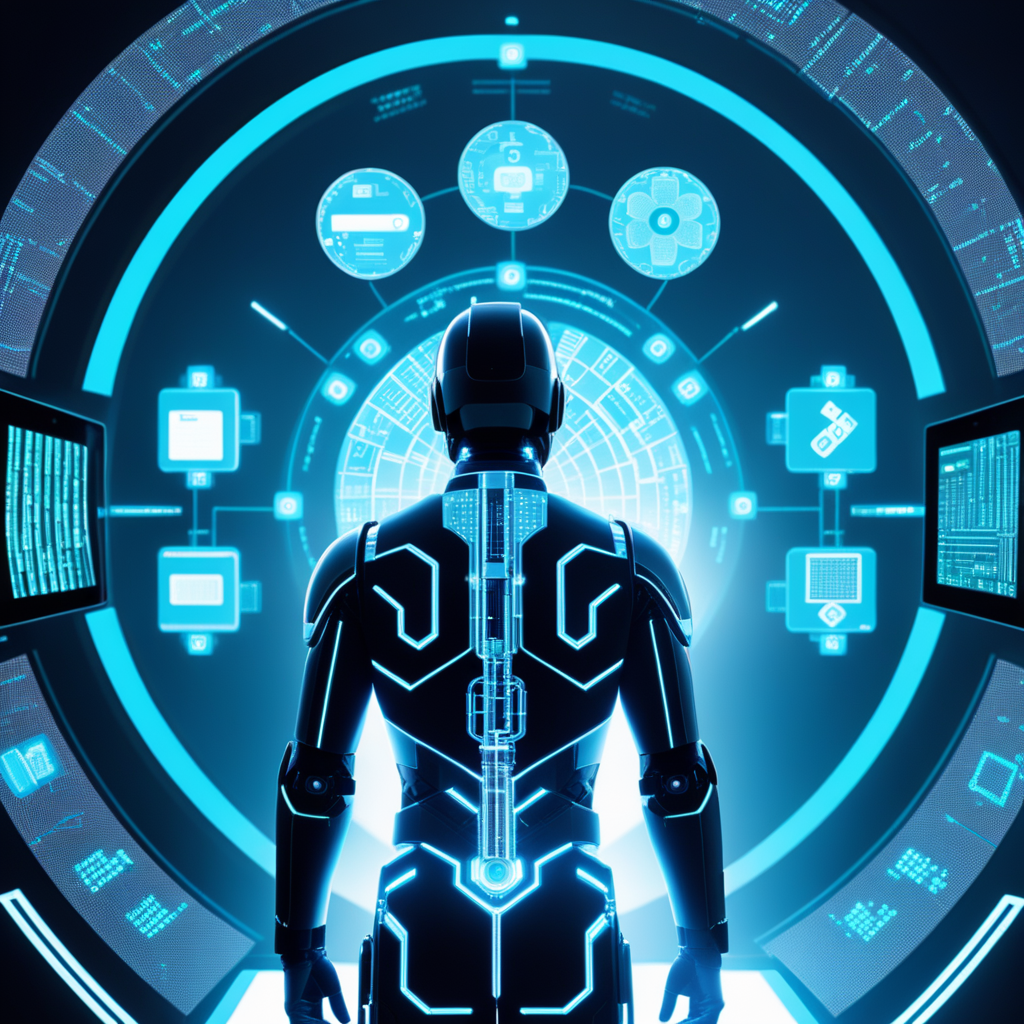The Role of AI in Education: Pros and Cons
Embracing the Future: AI in the Classroom
The digital revolution has ushered in a new era in education, with Artificial Intelligence (AI) emerging as both a companion and a challenger in the learning landscape. As we navigate this brave new world, let’s explore the pros and cons of AI in education, a topic close to my heart.

1. Personalized Learning: Tailoring Education to Individual Needs
My Brush with Personalization
Imagine a classroom where the curriculum adjusts to the pace of each student, offering a tailor-made learning experience. My encounter with personalized learning through AI left me impressed. Adaptive algorithms analyze a student’s strengths and weaknesses, providing targeted support. It’s like having a personal tutor, but in the digital realm.
2. Efficiency and Automation: Streamlining Educational Processes
From Administrative Hassles to Smooth Sailing
One notable advantage of AI in education is the automation of administrative tasks. I recall my school days when manual grading and record-keeping were prone to errors and time-consuming. AI steps in as a time-saving superhero, handling administrative burdens efficiently. This enables educators to focus on what truly matters—teaching.
3. Accessibility: Breaking Down Educational Barriers
A World of Knowledge at Your Fingertips
AI-powered tools bridge gaps in accessibility, leveling the playing field for learners globally. I vividly remember a friend who, despite living in a remote area, gained access to quality education through online courses driven by AI. It’s a testament to the democratizing force of technology, making education a universal right.
Challenges on the Horizon
1. Lack of Human Connection: The Missing Element
The Teacher-Student Bond
While AI brings efficiency, it can’t replicate the human touch in education. The warmth of a teacher’s encouragement, the camaraderie among classmates—it’s a unique blend that AI struggles to emulate. I reflect on the importance of human connection in my own educational journey, realizing that it’s more than just the transfer of knowledge.
2. Bias in AI: Addressing Algorithmic Prejudice
Unveiling the Shadows of Bias
AI algorithms are only as good as the data they are trained on. I delve into the shadows of bias that may emerge in AI-driven education. If the data used for training reflects existing societal biases, the AI system may inadvertently perpetuate inequalities. It’s a reminder that we need to scrutinize the algorithms to ensure fairness and equity.
Finding the Balance: A Harmonious Coexistence
1. Empowering Educators: AI as a Supportive Ally
The Teacher’s Sidekick
Rather than replacing educators, AI can serve as their ally. Tools that aid in lesson planning, identify areas where students need extra help, and offer insights into individual progress empower teachers. It’s a partnership where technology amplifies the impact of dedicated educators.
2. Ethical Considerations: Charting a Responsible Course
Navigating the Ethical Waters
As we embrace AI in education, ethical considerations come to the forefront. Transparent policies, data privacy safeguards, and ongoing evaluations of AI systems are crucial. Reflecting on my own experiences, I appreciate the importance of ethical guidelines to ensure the responsible use of technology in education.
Conclusion: A Balancing Act for Tomorrow’s Learners
The role of AI in education is a balancing act, a delicate dance between harnessing technological advancements and preserving the essence of human connection. As we step into this era of AI-driven education, let’s prioritize the well-being of learners, keeping the best interests of students at the heart of every technological innovation. In doing so, we ensure that the digital evolution in education becomes a powerful force for positive change.





